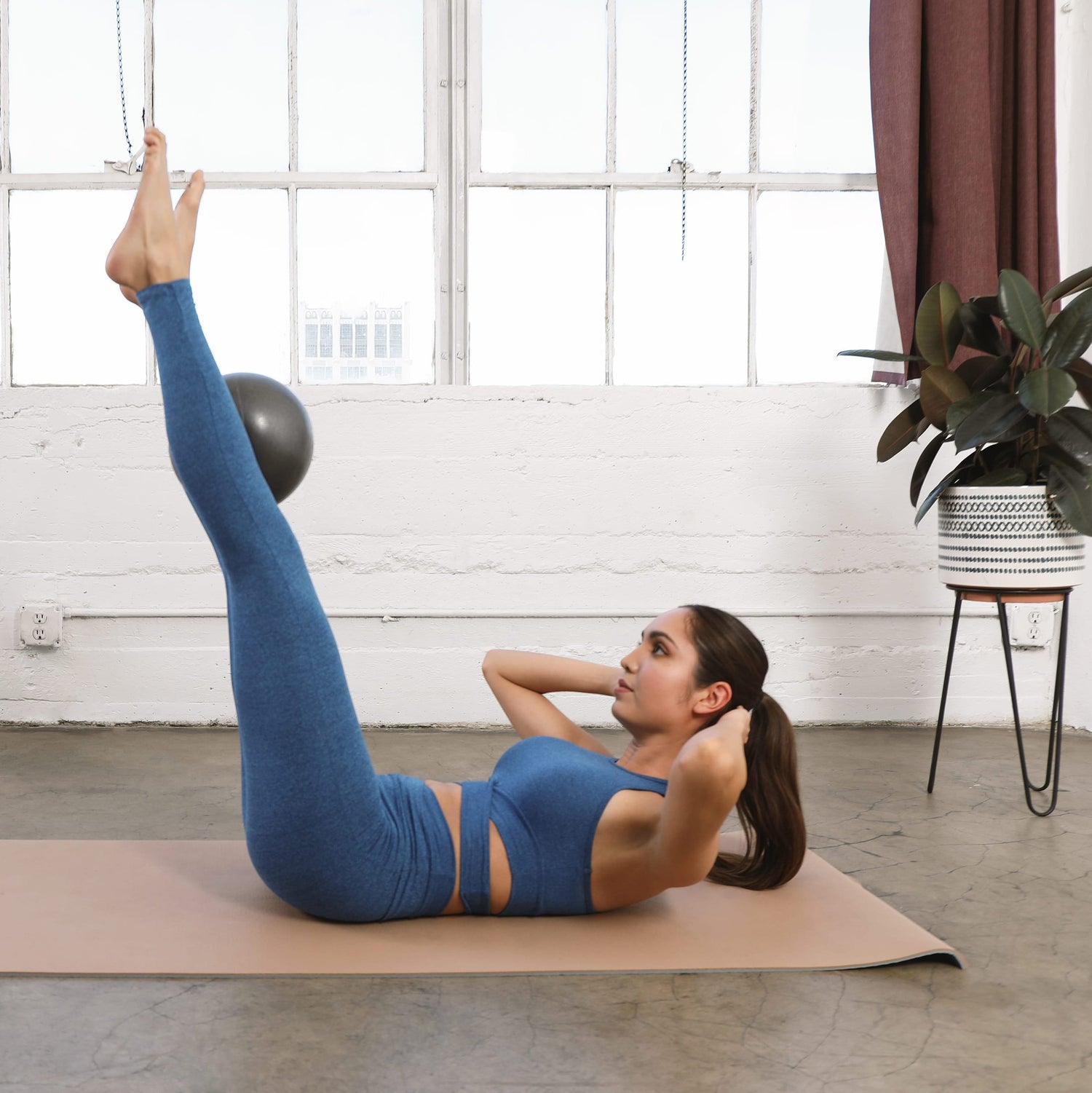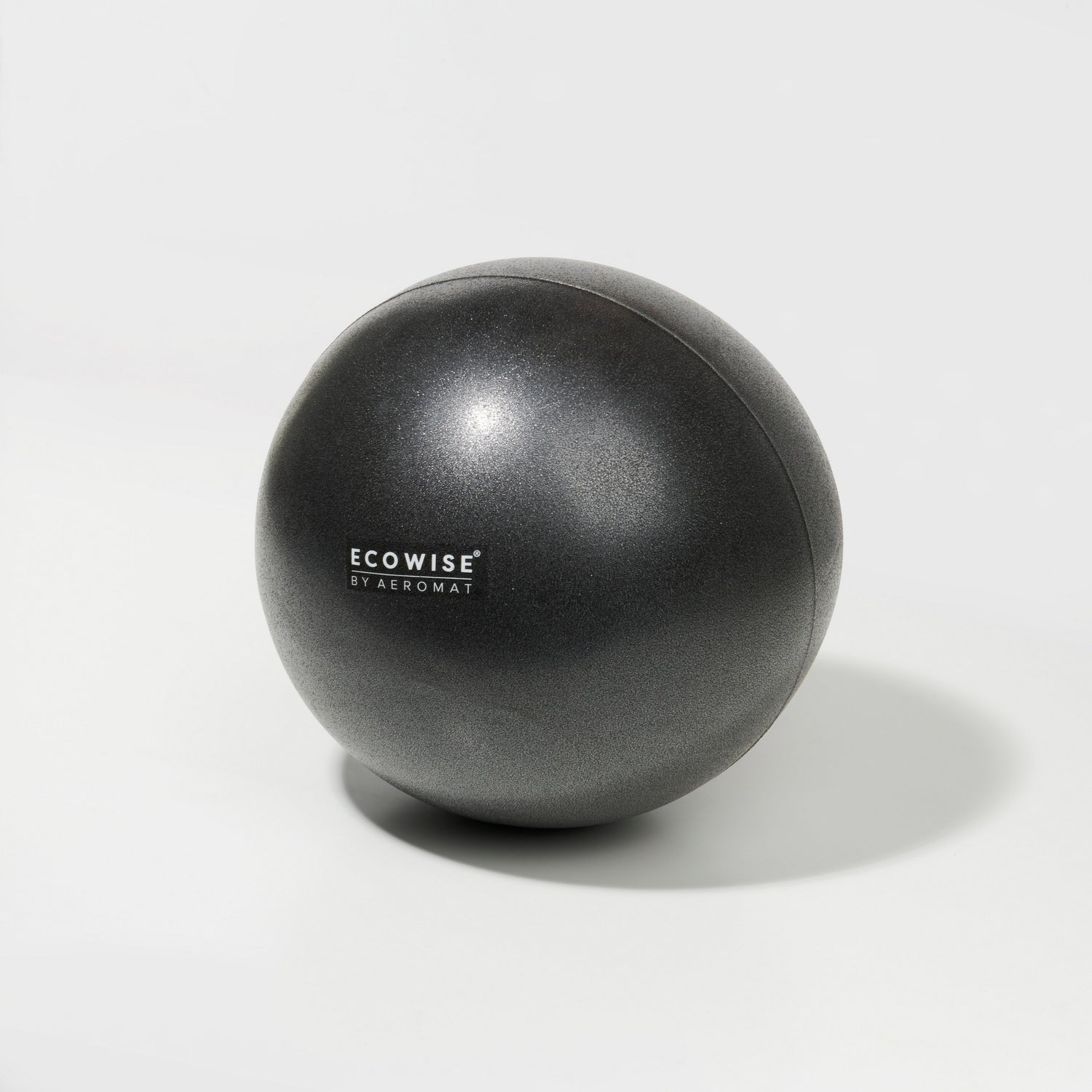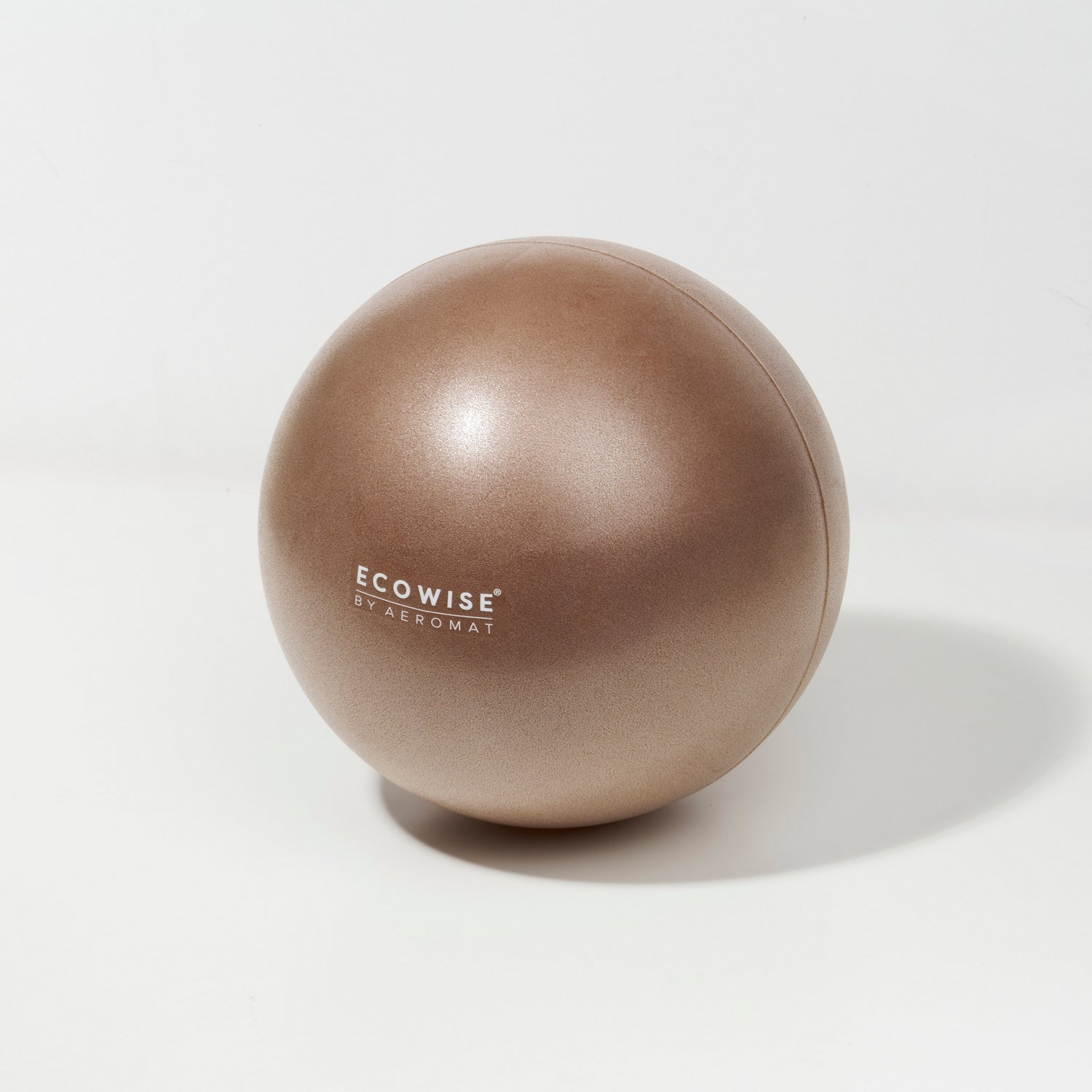If you spend hours sitting at a desk, chances are you’ve experienced back aches, stiff shoulders, or general fatigue by the end of the day. These discomforts are often the result of poor posture—and knowing how to improve posture is essential for long-term wellness and productivity.
Good posture isn’t just about appearances. It affects everything from spinal health and breathing to energy levels and focus. In today’s fast-paced work environments—especially with the rise of remote and hybrid setups—learning how to improve your posture while working has never been more important.
In this guide, we’ll explore what causes poor posture at work, why it matters, and how to correct it using ergonomic strategies, mindful movement, posture-focused exercises, and dynamic tools like active sitting chairs.
Why Good Posture Is Key to a Healthier Work Life
Understanding how to improve your posture while working begins with the benefits. Good posture doesn’t mean sitting rigidly straight—it means aligning your body so it can function efficiently without unnecessary strain.
Benefits of better posture:
- Reduces chronic back, neck, and shoulder pain
- Supports better breathing and circulation
- Improves mental clarity and concentration
- Enhances digestion and reduces fatigue
- Promotes a sense of well-being and confidence
Poor posture, on the other hand, can slowly lead to musculoskeletal issues, migraines, and even nerve compression. That’s why small adjustments to how—and where—you sit can lead to big improvements.
What Causes Poor Posture in Office Settings?
Most posture problems at work stem from a combination of physical setup, repetitive habits, and lack of movement. The common culprits are:
- Prolonged sitting: Sitting for hours weakens the core and strains spinal support muscles.
- Improper screen or chair height: A monitor placed too low or a seat that lacks lumbar support can cause slouching.
- Unconscious habits: Hunching forward, cradling the phone, or crossing legs for long periods all affect alignment.
- Mental fatigue and stress: Tension often settles in the neck and shoulders, leading to tight, rounded posture.
Knowing what’s causing the misalignment is the first step in learning how to improve posture during your workday.
Set Up Your Desk Ergonomically for Proper Alignment
Before jumping into movement strategies or tools, your first priority should be optimizing your workspace for alignment. A few key ergonomic changes can prevent unnecessary strain.

Chair and Desk Height:
- Your feet should rest flat on the floor or on a footrest.
- Knees and hips should be at a 90-degree angle.
- Choose a chair with adjustable height and lumbar support or use a cushion.
Monitor Position:
- Place your screen at eye level, about an arm’s length away.
- If you use a laptop, consider a riser with an external keyboard.
Keyboard and Mouse:
- Keep your elbows bent at about 90 degrees, close to your body.
- Wrists should remain straight and neutral—avoid bending upward or sideways.
Move More: Build Healthy Habits into Your Work Routine
Even the best ergonomic setup won’t help if you stay frozen in your seat for eight hours. Your body needs movement to maintain joint lubrication, circulation, and muscle tone—all crucial for good posture. Try these micro-movement strategies:
- Stand up and stretch every 30–45 minutes using phone or calendar reminders.
- Walk during calls or take a short stroll between tasks.
- Swap sitting for standing tasks when possible.
- Use mobility tools like foam rollers or massage balls during short breaks.
By simply adding light, frequent movement to your day, you help maintain alignment and ease physical stress.
Desk-Friendly Stretches and Posture Exercises
Daily stretches can help correct imbalances and reduce tension in the areas most affected by poor posture—namely the neck, shoulders, spine, and hips.
Stretches you can do at your desk:
- Chin tucks: Gently draw your chin back to align your head over your shoulders.
- Seated spinal twist: Sit tall and gently rotate your torso side to side.
- Chest opener: Clasp hands behind your back and lift to stretch tight chest muscles.
- Shoulder rolls: Roll shoulders up, back, and down to release tension.
Strength-building moves to support posture:
- Bird-dog: Alternating arm and leg extensions build spinal stability.
- Wall angels: Improve shoulder mobility and mid-back posture.
- Planks: Strengthen your core—the foundation of upright posture.
- Glute bridges: Activate your posterior chain to support your pelvis and spine.
Practicing these exercises just a few times a week can help your body hold proper alignment more naturally.
The Power of Active Sitting: A Natural Way to Improve Posture
One of the most effective, low-effort ways to improve posture during work is by switching to active sitting.
What is active sitting?
Active sitting involves using seats designed to encourage small, controlled movements. These can include:
- Balance balls
- Wobble stools
- Cushion discs
- Dynamic chairs with flexible bases

Unlike standard office chairs that encourage passivity, active sitting tools keep your body subtly engaged. These micro-movements help maintain your spinal alignment and encourage natural posture correction—without you even thinking about it.
Benefits of active sitting:
- Strengthens core and pelvic muscles
- Encourages spinal awareness and upright posture
- Reduces static load on joints and tissues
- Increases energy and alertness
How to Improve Your Posture While Working With Aeromat Active Seating
At Aeromat, we believe wellness should be woven into your routine—not added on top of it. Our collection of active sitting solutions is designed to do just that.
Whether you’re outfitting a home office or a shared workspace, our products help support posture, energy, and focus—all while blending seamlessly into your day.
Best Active Sitting Options from Aeromat:
- Fit Ball Chairs: Combine the benefits of a stability ball with the structure of a chair. Ideal for balance training and upright sitting.
- Wobble Stools: Allow 360° movement to keep your posture responsive and engaged. Great for quick-switch tasks or standing desk transitions.
- Balance Cushions: Turn any seat into a dynamic base. Compact and portable for easy office use.
Each tool is built with high-quality, eco-conscious materials—designed for durability, comfort, and daily support.
Active Sitting vs Traditional Chairs: A Quick Comparison
|
Feature |
Traditional Chair |
Active Sitting Tool |
|
Movement |
Minimal or none |
Encourages micro-movements |
|
Core Engagement |
Passive |
Actively strengthens core |
|
Spinal Alignment |
Relies on external support |
Promotes natural alignment |
|
Energy Boost |
Often leads to fatigue |
Increases alertness |
|
Adaptability |
One position only |
Adapts to user movement |
Build a Workspace That Works With You
Knowing how to improve posture isn’t about forcing perfect form—it’s about creating a work environment that encourages natural movement and mindful alignment.
By adjusting your desk ergonomics, moving regularly, strengthening key muscle groups, and switching to dynamic seating, you’ll give your body what it needs to thrive during long work hours.
You don’t need a complete overhaul to get started. One small change—like an Aeromat active sitting tool—can make a noticeable difference in how you feel, move, and focus.
Ready to Sit Smarter?
Explore the full collection of active sitting tools and accessories—each thoughtfully designed to support better posture, core engagement, and long-term comfort. Whether you're working from home, commuting to an office, or setting up a classroom, our dynamic seating solutions offer a natural way to stay aligned and energized throughout the day.
Because feeling good at work shouldn’t be a bonus—it should be the baseline. With Aeromat, you can start with a small change that makes a big difference in how you sit, move, and feel.
Frequently Asked Questions
1. How can I tell if my posture is actually improving?
You may notice less tension in your neck and shoulders, reduced back discomfort, and better focus throughout the day. You might also find yourself naturally sitting or standing taller without effort. Consistency with ergonomic habits and active sitting will reinforce those results.
2. Do I need to replace my current chair to start improving my posture?
Not necessarily. Small additions like a balance cushion or lumbar support can make a big difference. If you're not ready to invest in a new chair, try integrating active sitting tools that complement your existing setup.
3. Is it normal to feel sore when I start using active sitting tools?
Yes, mild soreness in your core or back muscles can happen as your body adjusts to engaging new muscles. Start with short sessions (15–30 minutes) and build up gradually to give your body time to adapt.
4. How long does it take to see results from posture improvements?
Some people feel better within a few days—less stiffness, better energy. For long-term changes like improved alignment or muscle tone, expect noticeable progress in 3–6 weeks of consistent effort.
5. Can posture improvements help with my focus and productivity too?
Absolutely. Better posture can increase oxygen flow, reduce fatigue, and improve your mental clarity. Many users report fewer distractions and a stronger ability to stay on task once they switch to a more ergonomic, movement-friendly setup.












